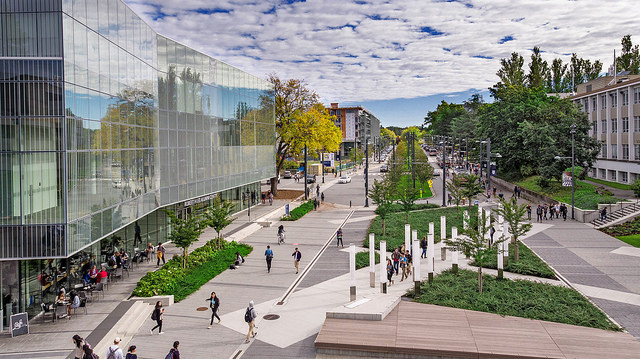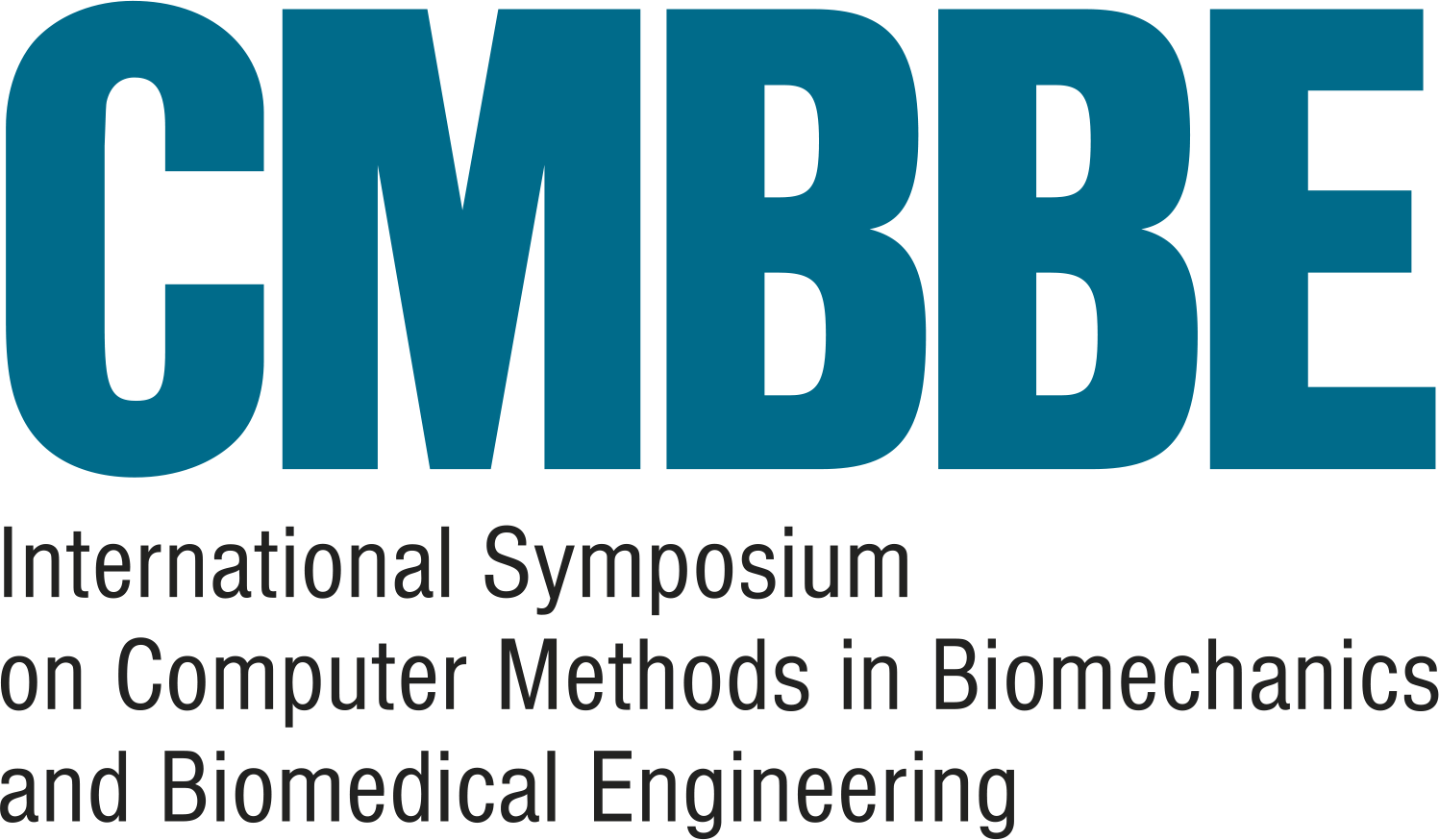- 00Days
- 00Hours
- 00Minutes
Abstract submission guidelines
Presentation types
- Oral presentation
- Poster presentation
- Special session invited presentation
- The use of the abstract template is mandatory. Please refer to the this template for all necessary guidelines regarding structure and formatting.
- Abstracts must be submitted in English.
- Each registered participant can present only one oral presentation and/or one poster presentation (only invited speakers in special sessions are allowed to have one more oral presentation in a standard session).
- Presenting authors of all accepted abstracts will be required to register as delegates to the conference and pay the registration fee, as a condition for inclusion of their abstract in the program.
- All submissions will be reviewed by the CMBBE 2024 Scientific committee and decisions will be sent by April 11, 2024. The Scientific committee can change the final type of the presentation (ex. from oral to poster).
- The title should not exceed 200 characters including spaces. Please limit the number of authors to no more than 5, and indicate each author’s affiliation. Please do not use titles (Dr., Mrs. etc) for the authors names.
- Accepted abstracts will be published in the conference abstract book. By submitting an abstract to the CMBBE 2024 symposium, you transfer copyright to CMBBE 2024 for the purpose of publishing the abstract in the conference abstract book.
Abstract submission categories
- The list of main topics (abstract submission categories) is available below.
- You may also submit an abstract for one of the symposium’s special sessions if the topic is relevant for your research. This abstract will then be reviewed by the chairs of the special session and will be accepted either in the special session or recommended for a general session on a related topic.
Late breaking abstracts accepted!
Submit by 30 April


Abstract submission categories
Agent-based modeling
Bacterial and viral mechanics
Big data and -omics
Biofluid mechanics
Bioinformatics
Biomaterials
Biomechanics for morphogenesis
Biomechanics of movement and rehabilitation
Biomechanics sensing and modeling
Biomedical image analysis and processing
Bone & cartilage biomechanics
Brain biomechanics
Brain computer interfaces
Cardiovascular fluid dynamics
Cardiovascular mechanics
Cellular and molecular biomechanics
Clinical translation and integration
Computer-aided surgery
Contact mechanics
Dental biomechanics
Education in CMBBE
Elastography
Emerging topics
Epidemology
Ergonomics
Experimental validation methods
Finite element and finite volume methods
Fluid-structure interaction
Growth and remodeling
Implants/orthotics/prosthetics/devices/biologics
Injury biomechanics
Internet of things
Inverse problems and parameter identification
Machine learning and artificial intelligence
Mechanics in infections diseases
Mechanobiology
Meshless methods
Multiphysics modeling
Multiscale modeling
Musculoskeletal dynamics & neuromuscular control
Patient-specific modeling
Plant biomechanics
Respiratory biomechanics
Soft tissue biomechanics
Spine biomechanics
Sports biomechanics
Tissue engineering and bioprinting
Wearables and nearables
Abstract Categories:
Mechanobiology:
- Bacterial and viral mechanics
- Biomechanics of morphogenesis
- Cellular and molecular biomechanics
- Agent-based modelling
- Tissue engineering
- Tissue mechanics
- Growth and remodelling
- Damage and regeneration
- Mechanics in infectious diseases
Structures and systems biomechanics:
- Bone
- Brain
- Spine
- Diarthrodial joints
- Skin
- Cardiac and vascular systems
- Reproductive system
- Respiratory system
- Masticatory system
- Plants biomechanics
Human movement analysis:
- Rehabilitation
- Musculoskeletal dynamics and neuromuscular control
- Ergonomics
- Sports biomechanics
- Injury biomechanics and crash analysis
Methods in mechanics for biology and medicine:
- Inverse problems and parameter identification
- Contact mechanics
- Human modelling for robotics
- Finite element, finite volume and meshless methods
- Fluid-structure interaction
- Poro-elasticity
- Multiscale and multiphysics modelling
- Machine learning-based methods
Image analysis and processing methods for biology and medicine:
- AI methods
- Biomedical image analysis & processing
- Imaging for model validation
- Visualization and quantitative analysis
Clinical biomechanics and translational research:
- Implants, orthotics, prosthetics, devices and biomaterials
- Patient-specific modelling
- Computer-aided surgery
- 3D printing in biomedicine
- In vivo imaging and visualization for diagnosis
- Other clinical applications
CMBBE 2023 Conference Secretariat
info@cmbbe-symposium.com
+420 251 019 379
Contact person: Adina Markova

